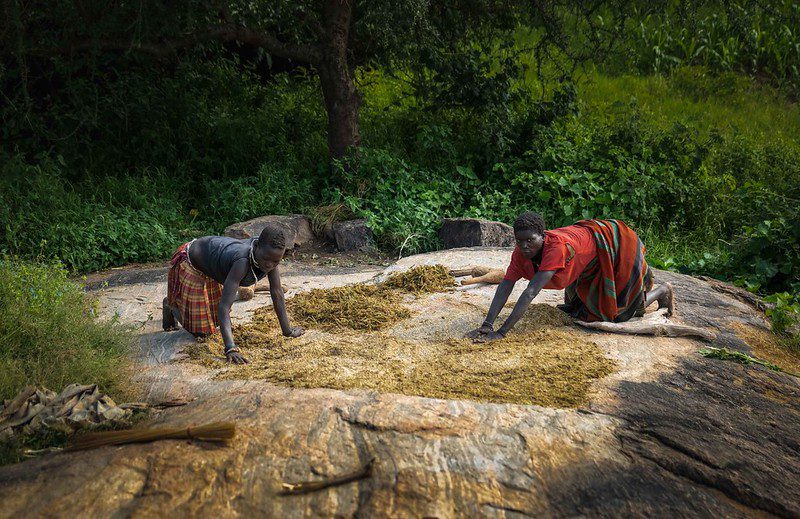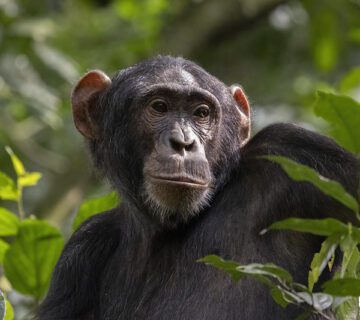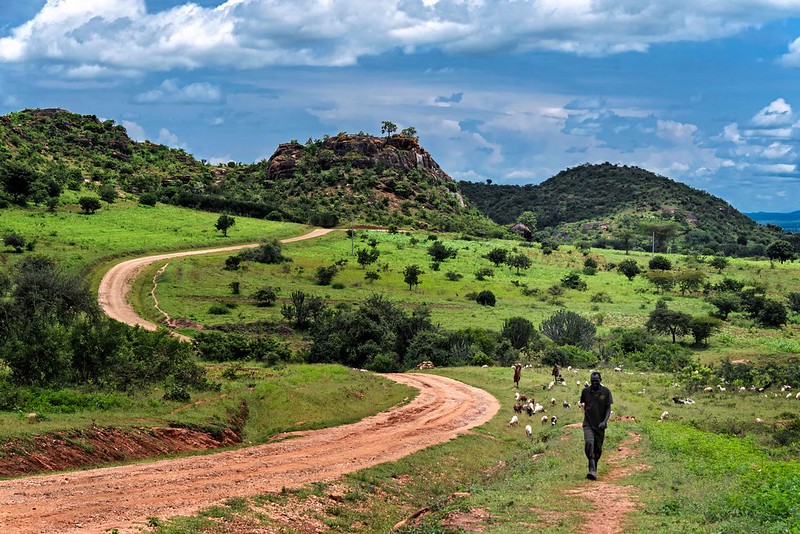Uganda is an East African landlocked country recognised for its unique terrain, wildlife, and friendly friendliness. What actually distinguishes Uganda is its rich cultural past, which spans centuries. Ugandans are a complex blend of ethnic groups, each with its own set of customs, traditions, and beliefs. Uganda gives a unique glimpse into the lives and customs of its people, from the Buganda Kingdom in the south to the Karamojong in the north. Everything, from music and dance to art and cuisine, reflects this ethnic variety. We will tour some of the most distinctive cultural monuments and practises that make Uganda genuinely unique, from the legendary drum makers of Mpigi to the colourful Kasubi Tombs. In this post, we’ll look at Uganda’s rich cultural past and discover what makes this country a particularly amazing destination for everyone interested in learning about the world’s varied civilizations. So come along with us as we explore the heart of Uganda and learn about the traditions and rituals that make it so unique.
Uganda’s Cultural Heritage History
The cultural legacy of Uganda is a result of its past. Over the years, the country has seen many waves of migration, resulting in a rich mix of ethnic groups. The region’s first occupants were hunter-gatherers who lived there for thousands of years. Later on, Bantu-speaking people arrived, followed by Nilotic-speaking people. The Buganda Kingdom, Bunyoro Kingdom, and Ankole Kingdom were Uganda’s most notable kingdoms. These kingdoms had a profound impact on Uganda’s culture and traditions.
The introduction of Arab and European traders in the nineteenth century, followed by British colonisation in 1894, had a profound influence on Uganda’s cultural legacy. The nation was introduced to Christianity and Islam, and the British enforced their administrative methods, which are still in place now.
Uganda’s independence in 1962 marked the beginning of a new period in the country’s cultural history, and the country has since fought to maintain and celebrate its cultural legacy.
Fashion and traditional clothing
Traditional attire and fashion in Uganda represent the country’s many ethnic groupings. The gomesi, a vividly coloured garment worn by ladies, is Uganda’s most renowned traditional costume. The gomesi is often composed of silk, cotton, or synthetic fabric and is embellished with intricate embroidery. A kanzu, a long white robe worn with a skullcap, is historically worn by men. Muslim males in various regions of East Africa also wear the kanzu.
Aside from the gomesi and kanzu, numerous more traditional garments are worn by Uganda’s ethnic groups. The Karamojong people in the northeast, for example, dress in animal skins and colourful beads, and the Bagisu people of the east dress in a unique circumcision robe made of bark cloth. Uganda’s fashion sector is expanding as well, with young designers designing modern apparel inspired by traditional styles.
Traditional dance and music
Ugandan music and dance are vital components of the country’s cultural history. Instruments such as the drum, xylophone, and harp are used to perform traditional music. The Kiganda dance, performed by the Baganda people at traditional events and festivals, is Uganda’s most famous traditional dance. The dance is characterised by precise footwork and is accompanied by the sound of drums and other instruments.
The Bwola dance, performed by the Acholi people in the north, and the Adungu dance, performed by the Alur people in the northwest, are two more traditional dances in Uganda. Ugandan music and dance have garnered international acclaim, with our singers and bands performing traditional Ugandan music on a global scale.
Cuisine and traditional foods
Uganda’s traditional cuisine and food reflect the country’s agricultural past. Cassava, yams, sweet potatoes, and plantains are staple foods in Ugandan cuisine. Matooke, a steaming meal made from mashed green bananas, is the most well-known Ugandan food. Matooke is typically accompanied by a sauce composed of groundnuts, beans, or pork.
Posho, a maize flour porridge, and groundnut stew, prepared with groundnuts, onions, and tomatoes, are two more famous Ugandan meals. Uganda’s gastronomic culture is also affected by its neighbours, with Indian and Chinese cuisines prominent in cities. Ugandan cuisine is gaining popularity across the world, with restaurants providing Ugandan meals in major cities around the world.
Religion and traditional beliefs
Traditional beliefs and religion in Uganda represent the country’s many ethnic groupings. Ugandans are overwhelmingly Christian, with Catholicism being the most prevalent denomination. A considerable percentage of Ugandans, particularly in the eastern and northern areas, practise Islam.
Many Ugandans believe in spirits and ancestors, and traditional African faiths are also practised.
The Baganda have a distinct belief system known as “Kiganda cosmology,” which includes the worship of ancestor spirits. The Baganda believe that their ancestors are present in their daily lives and that their spirits must be appeased via offerings and sacrifices. Uganda’s traditional beliefs and religion are an important element of the country’s cultural legacy.
Cultural practises and rites that are unique
Uganda has several distinct cultural practises and events that represent the country’s ethnic diversity. The Kasubi Tombs, a UNESCO World Heritage Site, are one of Uganda’s most recognised cultural relics. The Kasubi Tombs are the burial places of the Buganda Kingdom’s monarchs and are considered holy by the Baganda people. The tombs are beautiful examples of traditional Ugandan architecture, with exquisite wood carvings and thatched roofs.
The Imbalu circumcision ritual, practised by the Bagisu people in the east, is another distinctive cultural practise in Uganda. The circumcision of young boys is performed as a rite of passage into manhood during the ritual. The Imbalu ritual is a vibrant celebration that includes singing, dancing, and eating.
Uganda’s cultural legacy must be preserved.
The cultural history of Uganda is a significant resource that must be protected for future generations. Uganda’s government has made attempts to preserve the country’s cultural legacy by establishing museums and cultural centres. The Uganda Museum in Kampala is the country’s oldest museum, displaying artefacts and exhibits from the country’s cultural past.
Another organisation that supports Uganda’s cultural history is the Uganda National Cultural Centre, popularly known as the National Theatre. Traditional music and dance performances, as well as theatre shows and other cultural events, are held in the centre. The Ugandan government has also enacted legislation to safeguard the country’s cultural legacy, such as the National Cultural Policy and the Antiquities and Monuments Act.
Uganda’s cultural heritage and tourism
The cultural legacy of Uganda is a big lure for tourists from all over the world. For travellers interested in experiencing the world’s varied cultures, the country’s diverse ethnic groups, traditional dress, music, and dance, and distinct cultural practises and rituals are fascinating subjects.
The Ugandan government recognises the relevance of cultural tourism and has created programmes to promote it. The Uganda Tourism Board has created cultural tourism packages that allow visitors to learn about the country’s rich cultural legacy through trips to cultural centres, museums, and traditional communities. Cultural tourism promotion has also benefited local communities by creating job opportunities and supporting local businesses.





